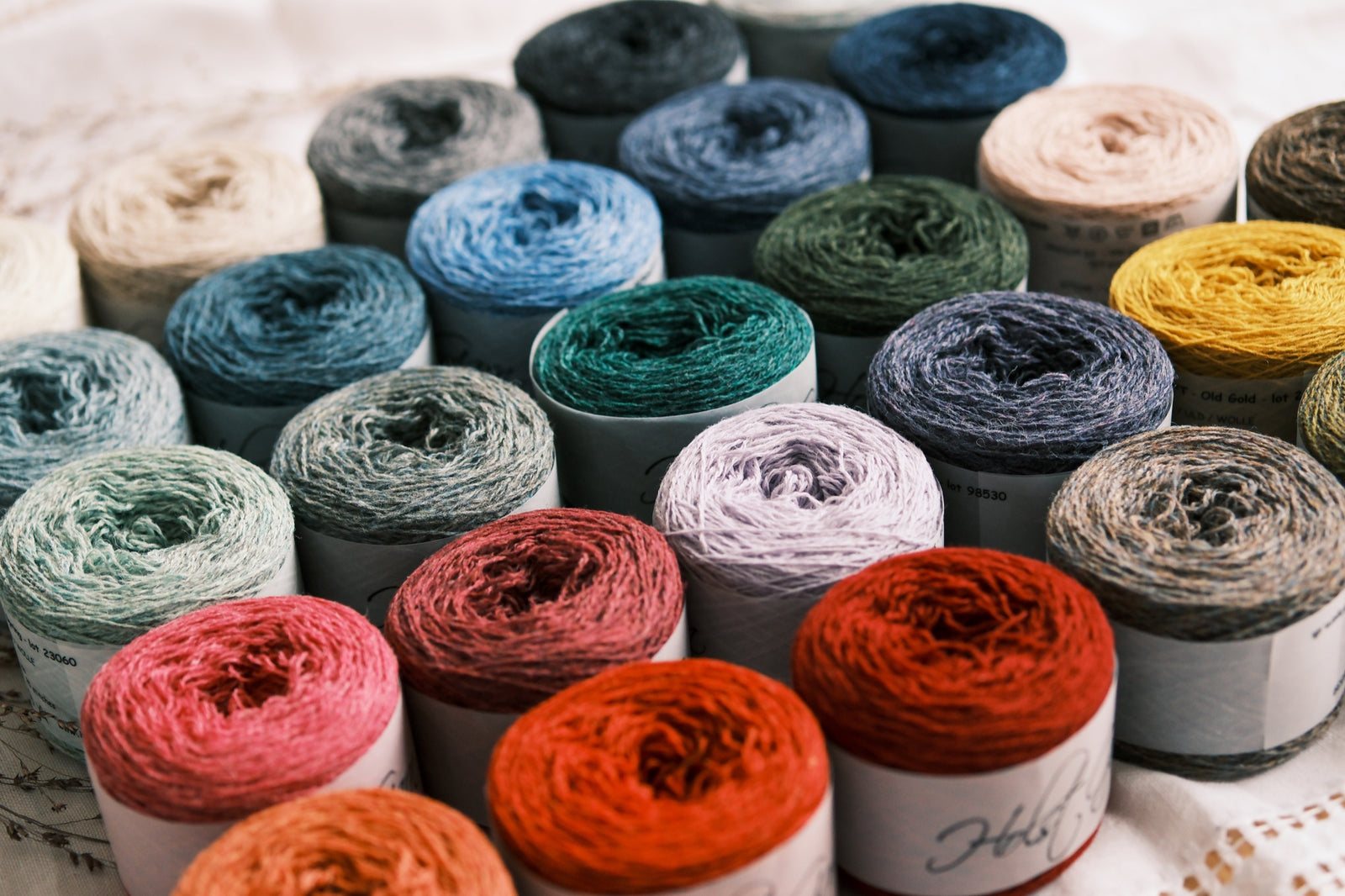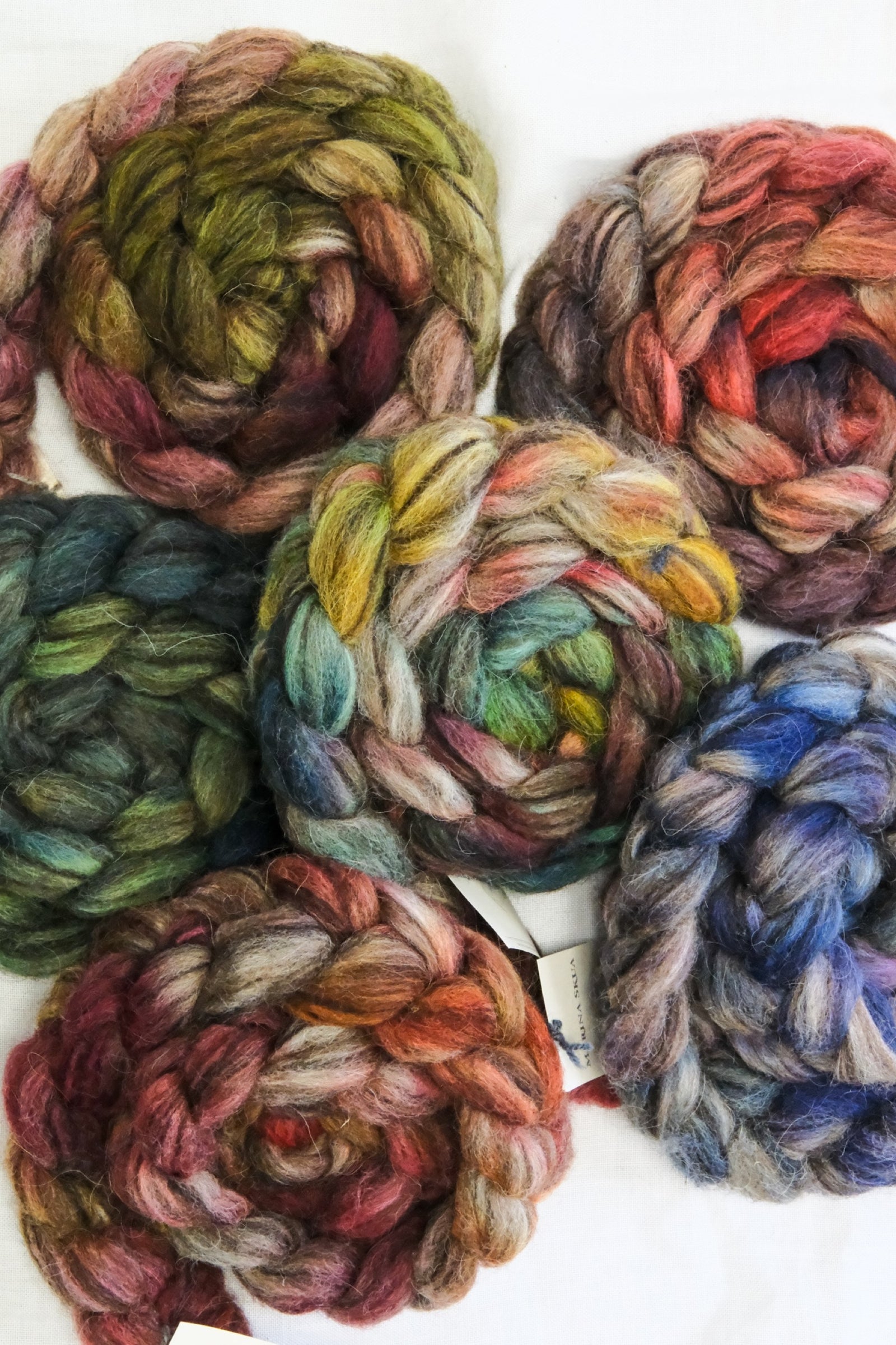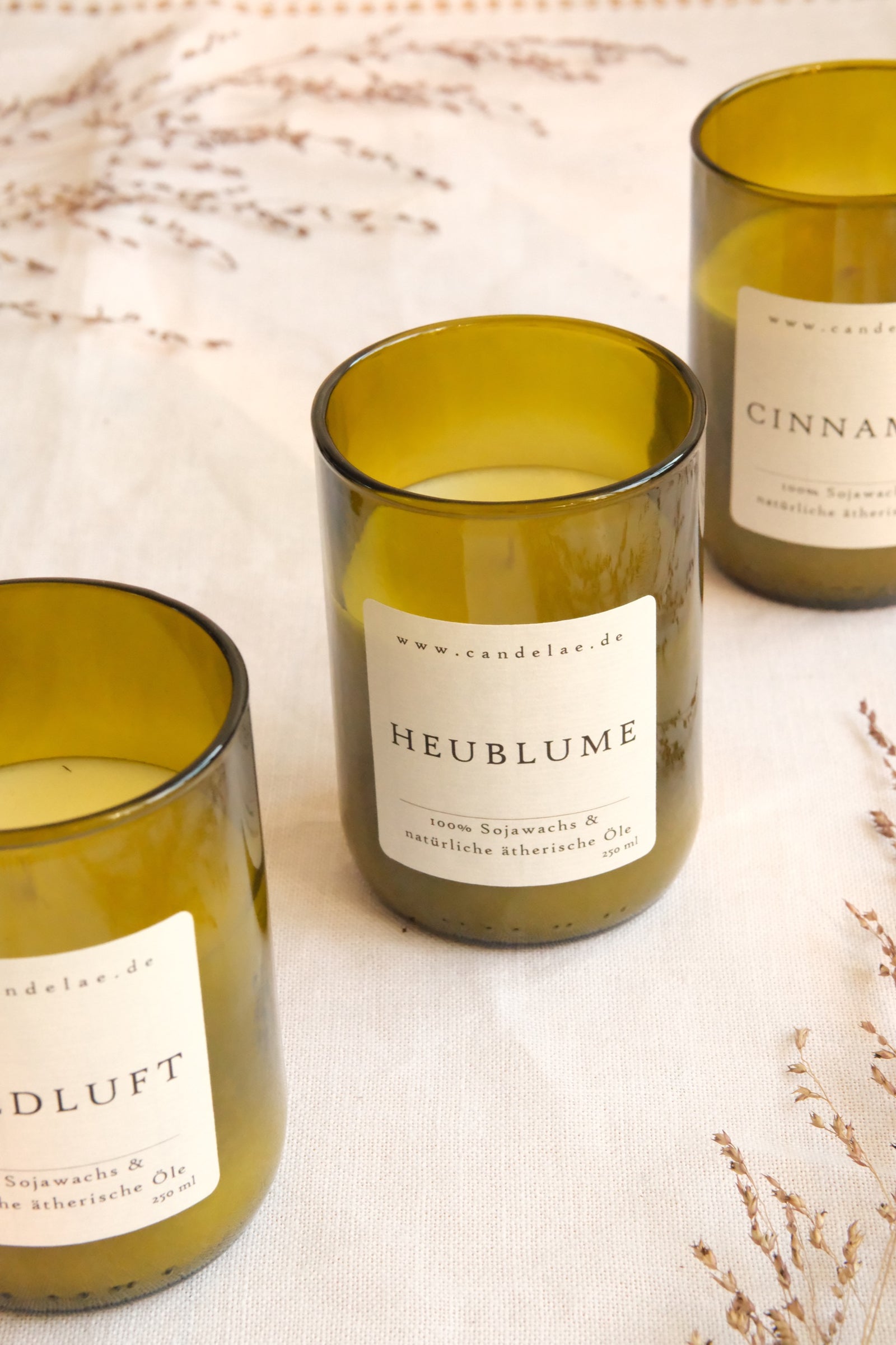Your Cart is Empty
Free Shipping on orders over €75 (Germany) | €125 (International)
Free Shipping on orders over €75 (Germany) | €125 (International)
Spinning Fiber
Notions & Gifts
Books, Magazines & Patterns
- Annika Scheer | Rosemary & Pines Fiber Arts
- Ayano Tanaka
- Barbara Gottwik
- Crystal Hiatt
- Elena Solier Jansà
- Emily Joy Rickard
- Emma Ducher
- Fiona Alice
- Fiona Munro
- Imke von Nathusius
- Jennifer Brou
- Jill Thompson Beach
- Joan Forgione | Paper Moon Knits
- Julia Exner
- Kjerstin Rovetta
- Ksenia Naidyon | Life is Cozy
- Madeleine Renarde
- Makenzie Alvarez
- Making Stories
- Maria Muscarella
- Marina Skua
- Marthe Forodden
- Rebekka Mauser
- Renate Kamm
- Susan Schädler
- Tania Dejoie
- Valentina Cosciani
- Vanessa Pellisa
- Annika Scheer | Rosemary & Pines Fiber Arts
- Ayano Tanaka
- Barbara Gottwik
- Crystal Hiatt
- Elena Solier Jansà
- Emily Joy Rickard
- Emma Ducher
- Fiona Alice
- Fiona Munro
- Imke von Nathusius
- Jennifer Brou
- Jill Thompson Beach
- Joan Forgione | Paper Moon Knits
- Julia Exner
- Kjerstin Rovetta
- Ksenia Naidyon | Life is Cozy
- Madeleine Renarde
- Makenzie Alvarez
- Making Stories
- Maria Muscarella
- Marina Skua
- Marthe Forodden
- Rebekka Mauser
- Renate Kamm
- Susan Schädler
- Tania Dejoie
- Valentina Cosciani
- Vanessa Pellisa

Our current Issue 11
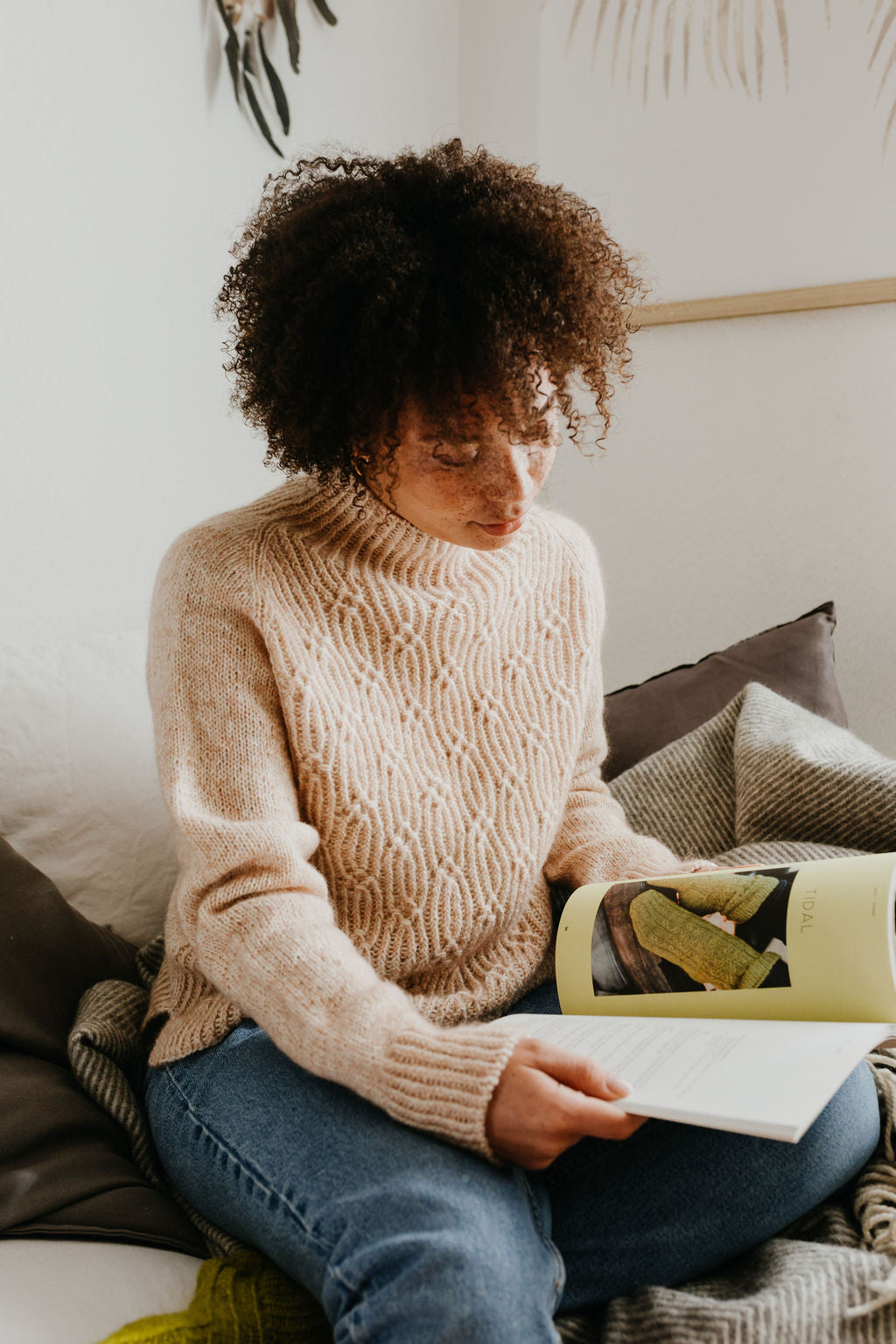
All Books & Magazines
About Us
We're here to help you stitch sustainability into every aspect of your making.
With our carefully curated selection of non-superwash, plastic-free yarns and notions, we have everything you need to get started on your next project - and the one after that.
Here's to a wardrobe of knits we love and want to wear for years to come!
We're here to help you stitch sustainability into every aspect of your making.
With our carefully curated selection of non-superwash, plastic-free yarns and notions, we have everything you need to get started on your next project - and the one after that.
Here's to a wardrobe of knits we love and want to wear for years to come!
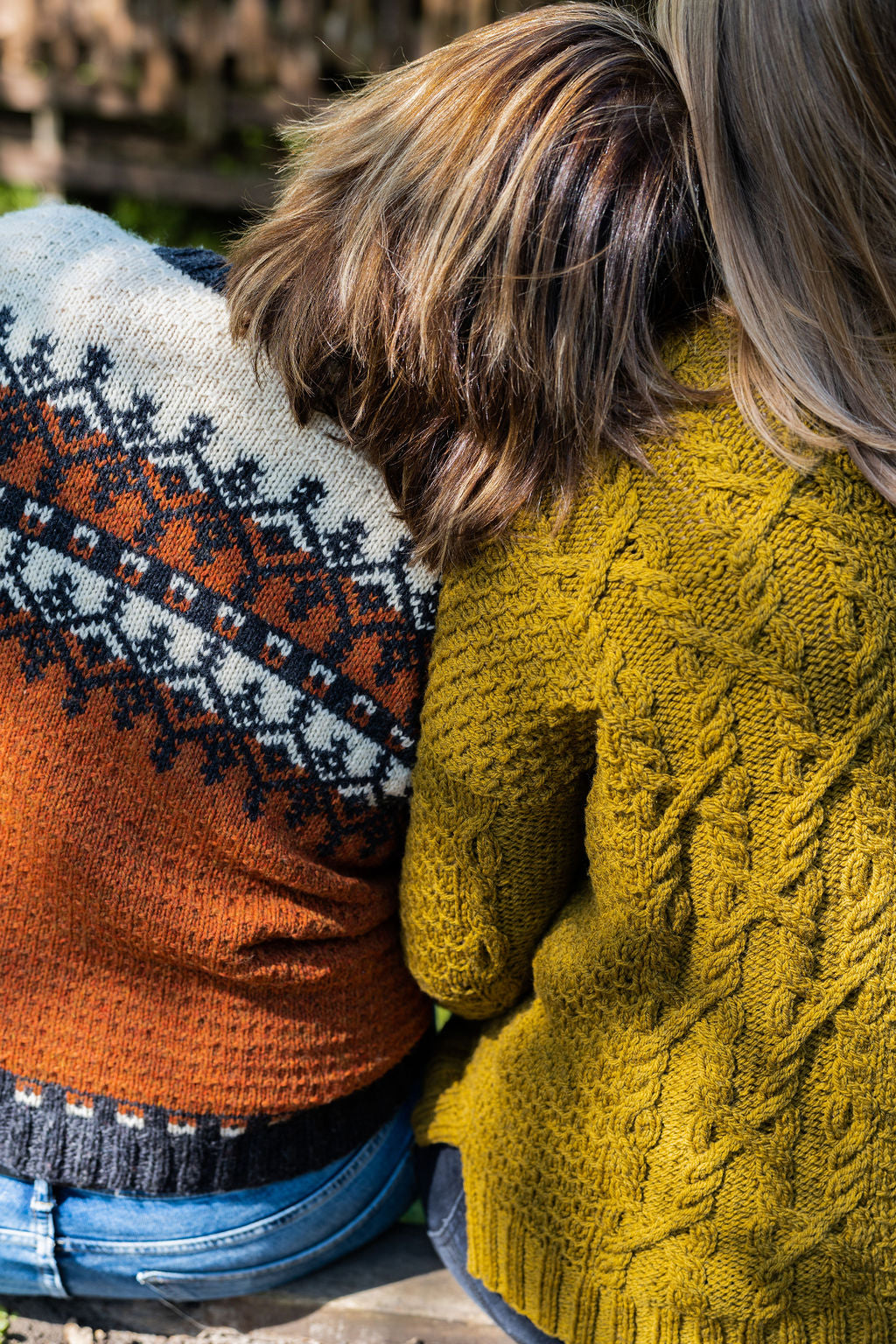
Our Sustainability Pledge

Our Blog
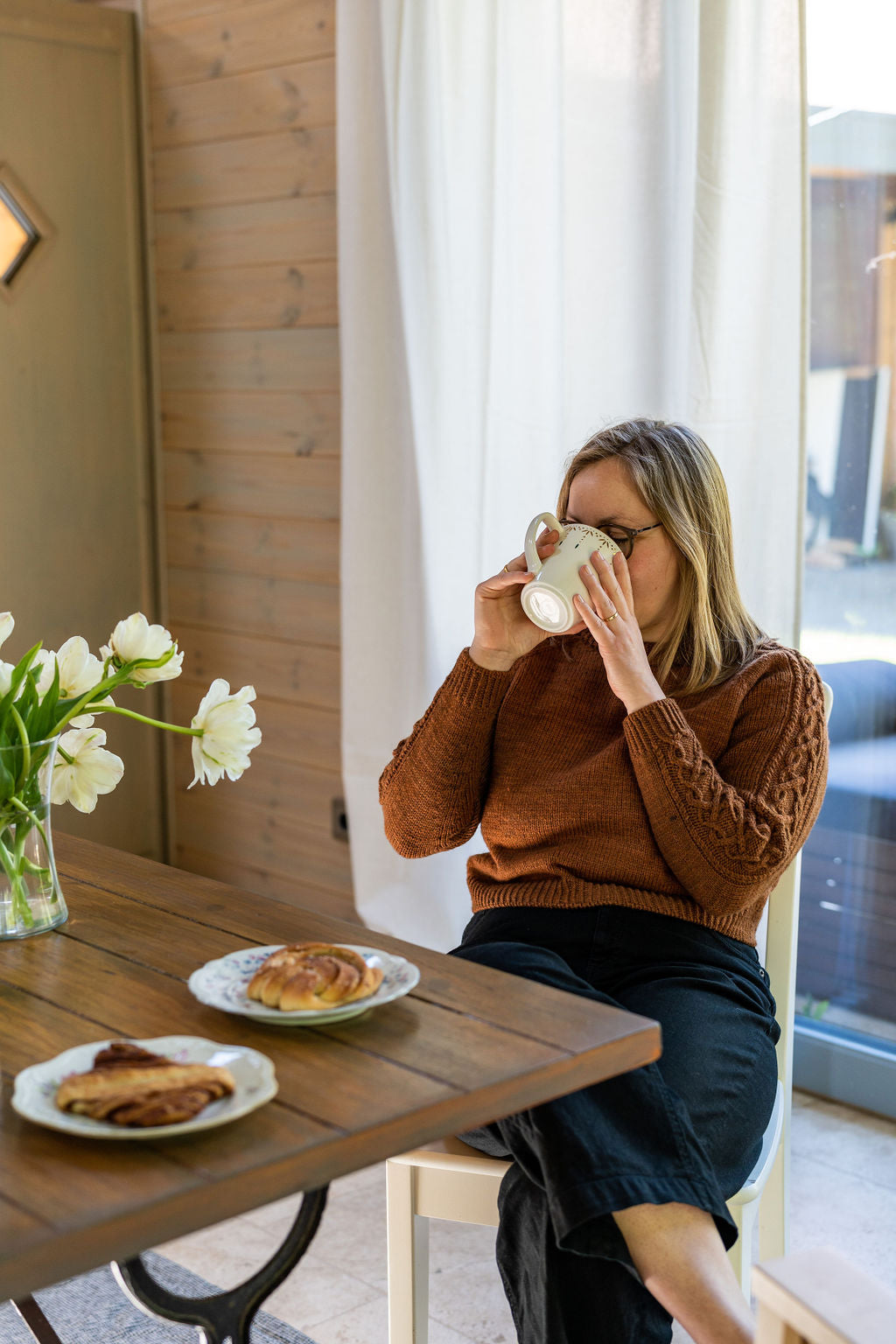
Our Podcast
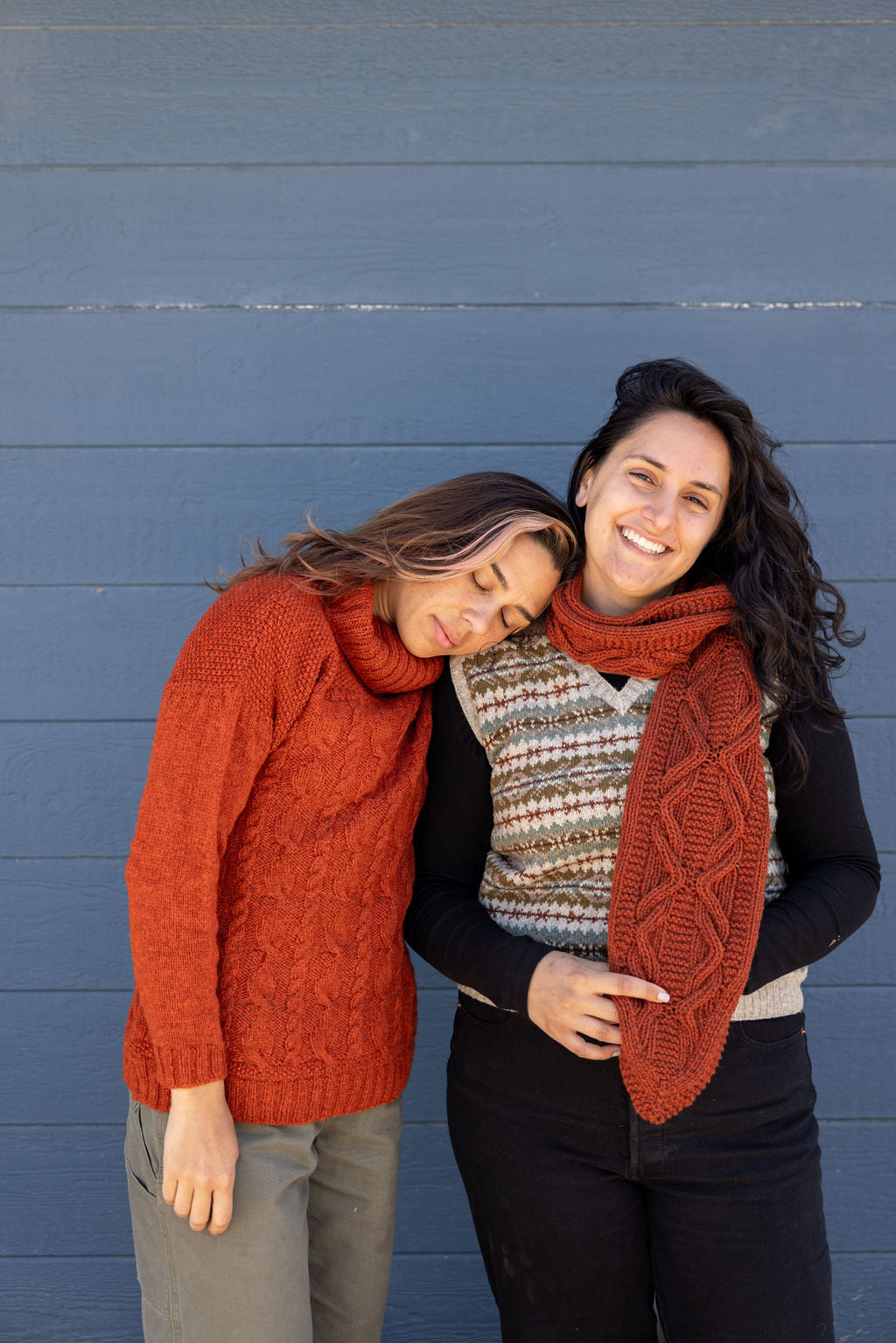
The Making Stories Collective
What Is A Fibershed?
October 14, 2020 4 min read

Back in 2015, way before Making Stories was even a thought on the horizon, I went into a yarn shop in San Francisco where I was visiting my partner and, looking for something that was locally made, picked up a cake of Twirl Yarn. It was one of the most gorgeous yarns that I had ever seen, and it sat in my stash for a good long while (it takes time to find the right project for a precious skein, am I right?) before I eventually transformed it into one a hat. When picked the yarn up to start that project, I took a closer look at the ballband and discovered that Twirl Yarn was part of the Californian Fibershed. Fibershed? Sounded very intriguing, but I had no idea what it was!
It's an absolutely fascinating concept and one that goes very much in line with our strive towards more sustainability in our knitting and making life, so we decided that a short blog post exploring what a fibershed is was in order! You might encounter this term on ballbands, as I did, or when you're looking for yarns or farms that are local to you and active in the fiber space.
What is a fibershed?
A fibershed is a strategic geography, similar to a watershed which describes the area where streams and rivers drain into a larger body of water, or a foodshed which is a term that is used for the geographic region which produces the food for a particular population. Transferred to fiber, a 'fibershed' is a geographic region and its network of fiber flows that connect farmers, fiber producers, processers, and consumers. I like to think of it as an 'end-to-end' concept - from farm to yarn to body to compost - interlinked with geographic boundaries, meaning that all the materials and processing steps for a certain product consumed under this 'end-to-end' concept stem from within the same region.
It also implies that a fibershed is regenerative, i.e. that the consumer products produced in a fibershed can (and should) be composted and fed back into the fibershed cycle as nutrients for the farmland. This is beautifully illustrated here:

The term 'fibershed' was first coined by Rebecca Burgess, who back in 2010 embarked on a wardrobe challenge where she wanted to develop and wear aa wardrobe where all materials and processes didn't come from farther away than 150 miles from the Fibershed headquarters. This first project turned into the nonprofit organization Fibershed, which I highly recommend to check out! They have a beautiful blog and host the directory of the Northern Californian fibershed on their website.
This is how Fibershed describes the connection between fibersheds and sustainability:
As each Fibershed community manages their resources to create permanent and lasting systems of production, these efforts to take full responsibility for a garment's lifecycle will diminish pressure on highly polluted and ecologically undermined areas of the world. [...] Future Fibershed communities will rely upon renewable energy powered mills that will exist in close proximity to where the fibers are grown. Through strategic grazing, conservation tillage, and a host of scientifically vetted soil carbon enhancing practices, our supply chains will create 'climate beneficial' clothing that will become the new standard in a world looking to rapidly mitigate the effects of climate change.

How does a fibershed relate to knitting?
The concept of fibershed takes the concept of local yarn that we explored a while backone (or several) steps further: A 'fibershed yarn' is one where all process steps, from the growing of the fleece to spinning, dyeing and selling it, take place within a specific geographic area. If you as the knitter are part of that geographic area, you're also part of that fibershed when you knit with such a yarn!
But fret not: It's actually very rare that a yarn is a full fibershed yarn. Most regions don't have all of the processing facilities or not to the extent that would be necessary to do produce a soil-to-soil fibershed yarn. It's still fun, I think, to imagine our role as knitters in this cycle, isn't it?
Where can I find more fibersheds?
What you can do if you're curious about fibersheds is to explore yarns that are associated with a local fibershed, even if it's not your own:
-
Fibershed has an affiliate directory, cataloguing all fibersheds associated with the Fibershed nonprofit. I definitely recommend checking that map out if you're looking for the closest fibershed to your home!
-
For the Northern Californian fibershed specifically, Fibershed provides an excellent producer directory and an associated marketplace.
-
For the UK, the South West England fibershed has a similar producer directory, which features quite a few farms and yarn producers! I also highly recommend this interview with the South West England fibershed founder Emma Hague.
-
For Canada, ash alberg created 'from field to skin', a project exploring Canada's fibershed community through a podcast, directory, and patterns specifically designed for fibershed yarns.
Those are just a few of the fibersheds that are out there though!
Do you happen to know of a local one you're part of or have bought yarn from a producer that's part of their local fibershed? I'd love to hear about it and your experience with this concept so far!
Leave a comment
Comments will be approved before showing up.
Also in Blog

How to get started with spinning
May 16, 2024 5 min read
Spinning yarn can seem a daunting craft, requiring arcane tools and techniques, but the fundamentals are simple. It is about adding twist to fibre, which gives it the strength to not pull apart. Most preparations of fibre will require drafting – that is, continuously pulling the fibre so fewer strands (or staples) are twisted together to make a thinner yarn. Drafting and adding twist are all that are needed to make yarn.
You might hear about woollen and worsted spinning, and the long- and short-draw methods associated with them. While interesting, and good to understand when improving your skills, the beginner spinner doesn’t need to worry overmuch about these terms.
We’re going to look at the tools and fibre you’ll need before you start spinning yarn.

What’s the difference between combed top, roving, batts and rolags?
May 08, 2024 5 min read
Learning to spin yarn comes with a huge array of new jargon, and a lot of these terms relate to how the fibre is prepared. Whether animal or plant fibre, there is a variety of ways it can be processed from raw material into something you can spin into yarn.
We’re going to look at some of the common formats available to hand spinners, what their characteristics are and the kind of spinning techniques they’re suitable for.

6 Joyful Spring Knitting Patterns - My Current Favorites!
April 10, 2024 4 min read
Hi lovelies! Spring has sprung here in Berlin – as I am typing this (mid March), the buds on the chestnut tree out the window are a few days away from bursting, the forsythias are in full bloom, and our strawberry plants have started their comeback as well (leaves so far, but Aurin checks every day for berries :)).
So it's no surprise at all that today's blog post is very much inspired by the sun and the warmer days to come! I have put together a sweet roundup of 6 joyful spring knitting patterns, all of which I'd love to have on my needles soon. (If someone can get me an extra day or two per week to knit (oh, and to spin), I'd love that!)
The three yarns I've paired them with are my favorite spring / summer yarns: De Rerum Natura's Antigone, a delightful sport-weight linen yarn, Wooldreamers' Saona, a 50% Spanish cotton, 50% Spanish wool blend, and Natissea's Pernelle, our newest spring yarn: A 100% European hemp yarn!
Who Is Making Stories?
We're a delightfully tiny team dedicated to all things sustainability in knitting. With our online shop filled with responsibly produced yarns, notions and patterns we're here to help you create a wardrobe filled with knits you'll love and wear for years to come.
Are you part of the flock yet?
Sign up to our weekly newsletter to get the latest yarn news and pattern inspiration!
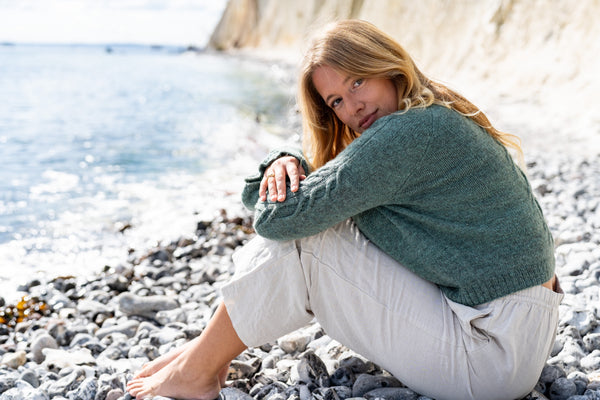
Join the Making Stories flock!
Every Tuesday our newsletter arrives in your inbox, full to the brim with Making Stories goodness. If you would like to join in on the fun, fill in the form below.
As a thank you, we gift you a digital publication of your choice!

